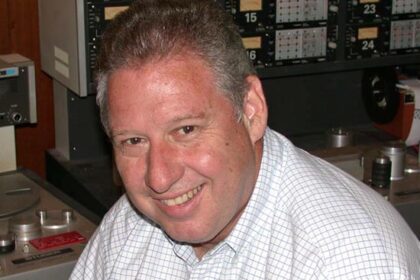Slow the spread of the coronavirus by wearing a mask.
Masks — whether N95, surgical-grade, or homemade from simple fabric — can play a key role in reducing infection, by blocking the droplets from coughing, breathing, and so on which carry the coronavirus.
There has been some dispute over the usefulness of masks, with the World Health Organization (WHO) claiming they should only be worn by doctors, nurses, and people confirmed to be infected.
However, mask proponents argue that people can begin shedding the virus before they show any symptoms — if they ever show any symptoms — which makes the WHO guidance the medical equivalent of closing the stable door after the horse has bolted.
Mask proponents concede that the coronavirus itself is too small to be blocked by a homemade or even a surgical-grade mask, but argue that it does not have to block the virus, just the droplets which carry it — and cite studies which show that masks do indeed reduce viral shedding more than threefold.
As protection for those who are not yet infected, masks seem to have a less dramatic — though still significant — impact, but some virologists argue that even if they cannot prevent infection entirely, they can play a key role in reducing the initial “viral load” when a person becomes infected.
A smaller viral load at the time of infection means the virus has to multiply many more times before it can reach dangerous levels, and the body has more time to ramp up its immune system before it can be overwhelmed — a form of “flattening the curve” at the level of the individual.
Masks proponents also point out that they can serve as an important reminder for people not to touch their mouth or nose unconsciously at times when their hands may be infected.








